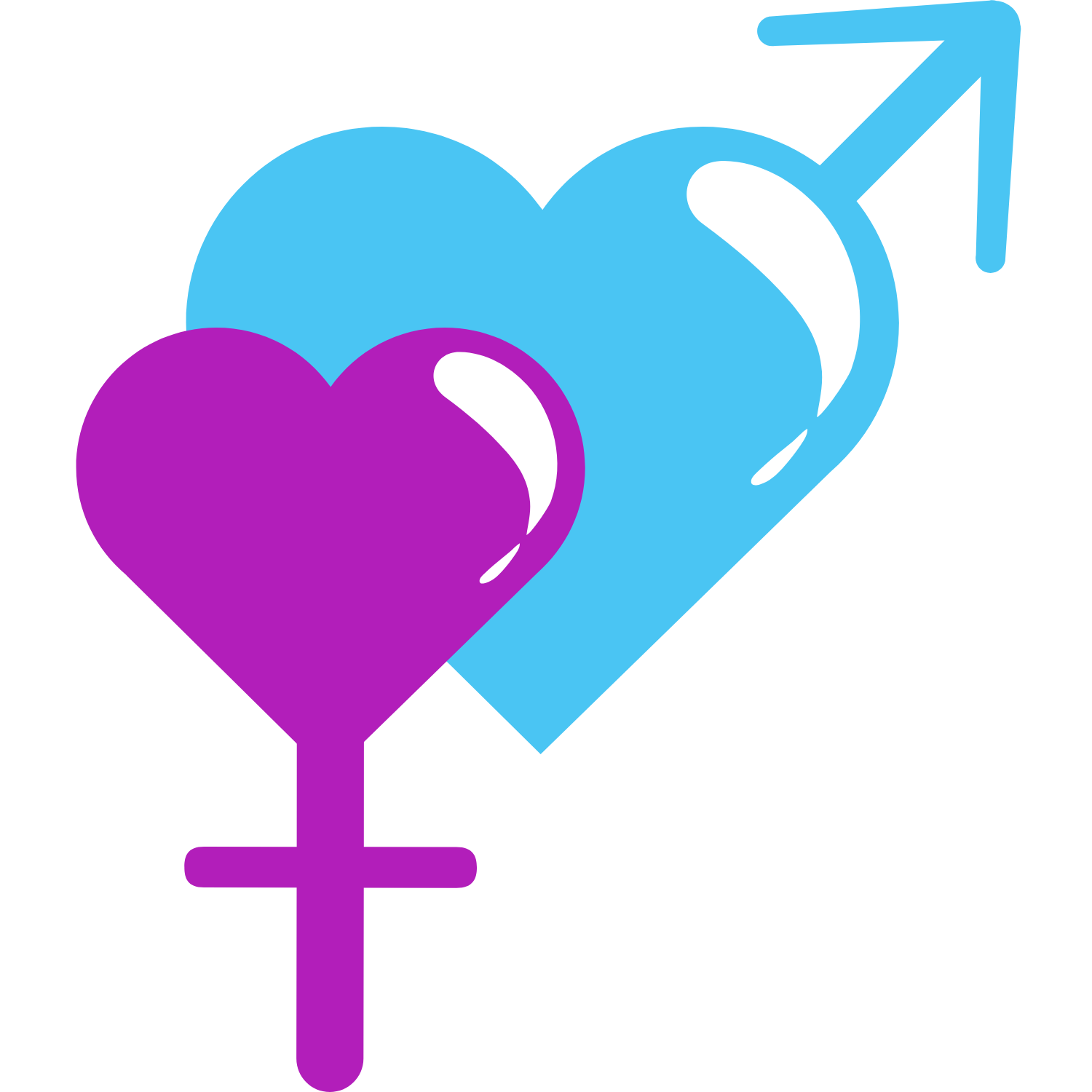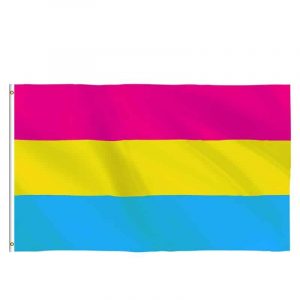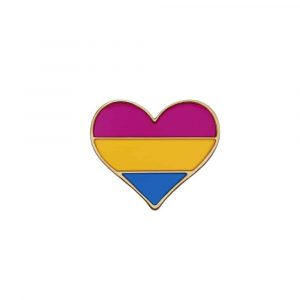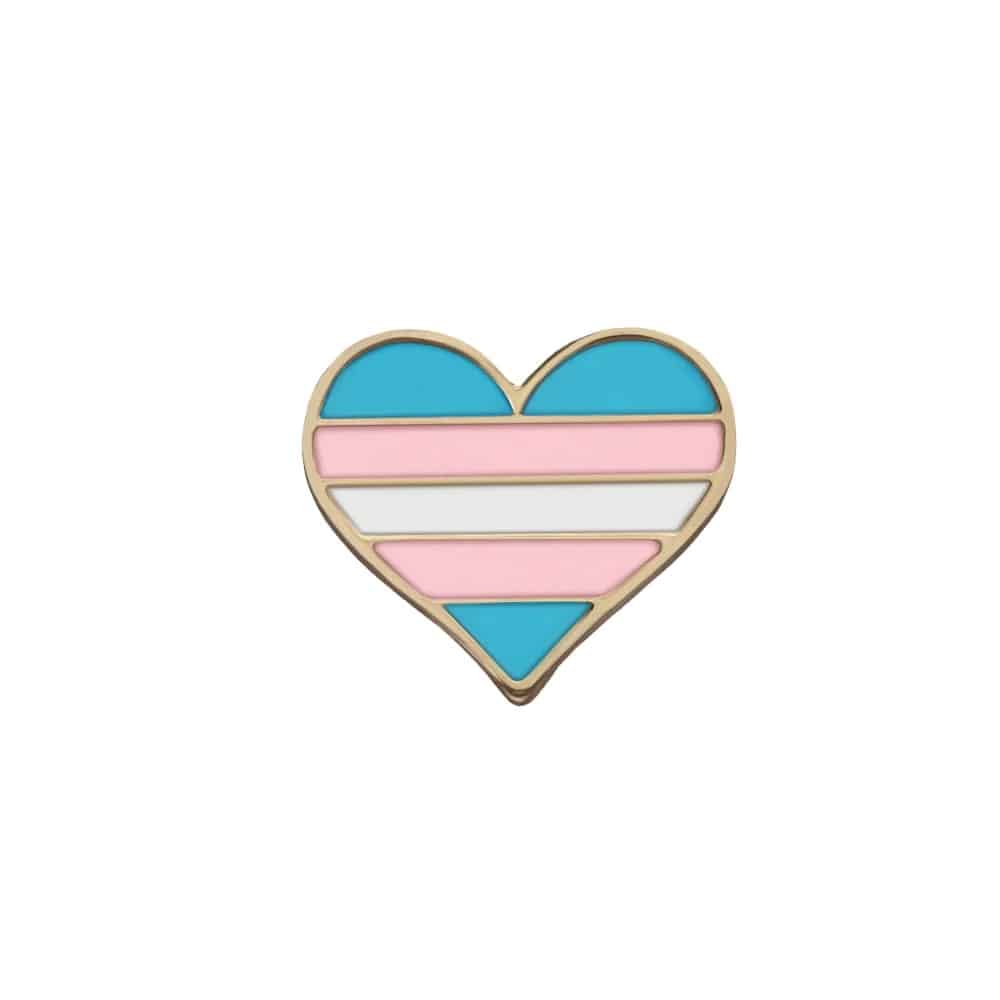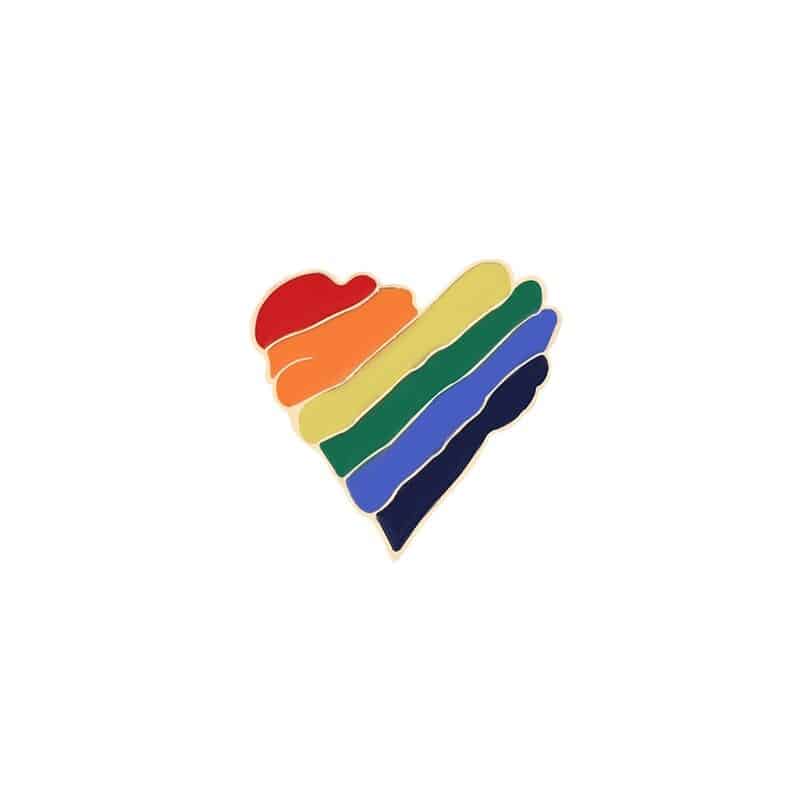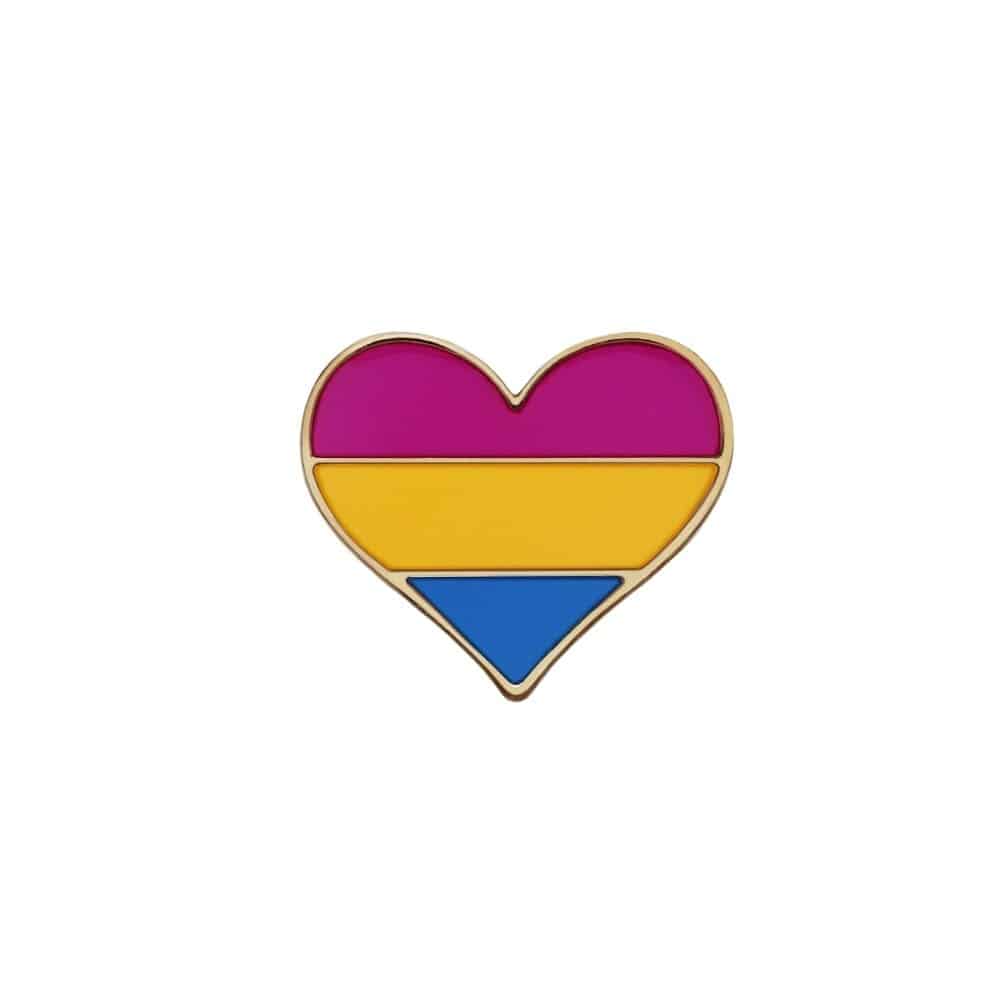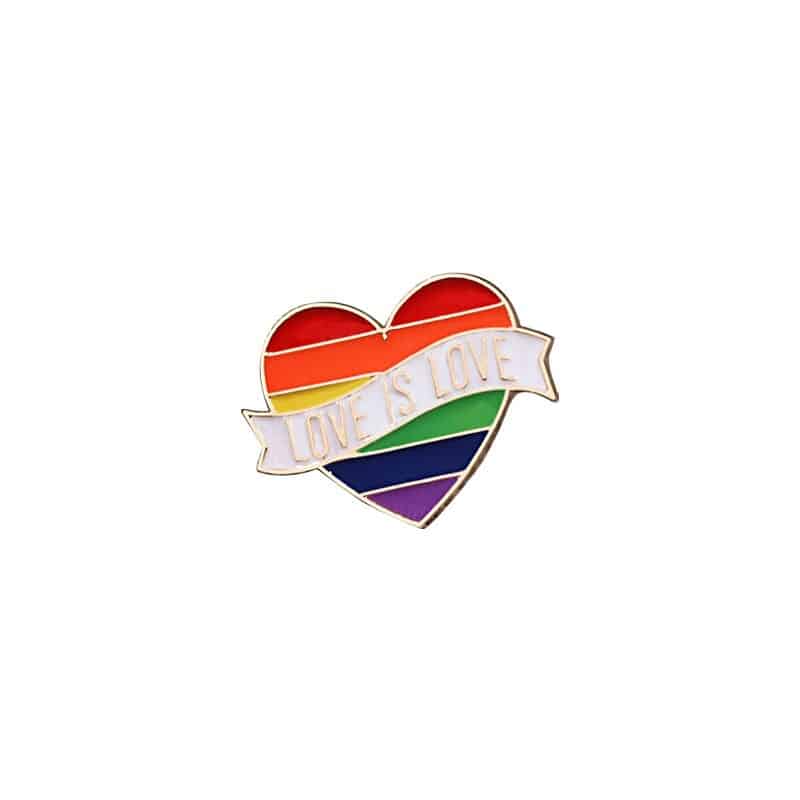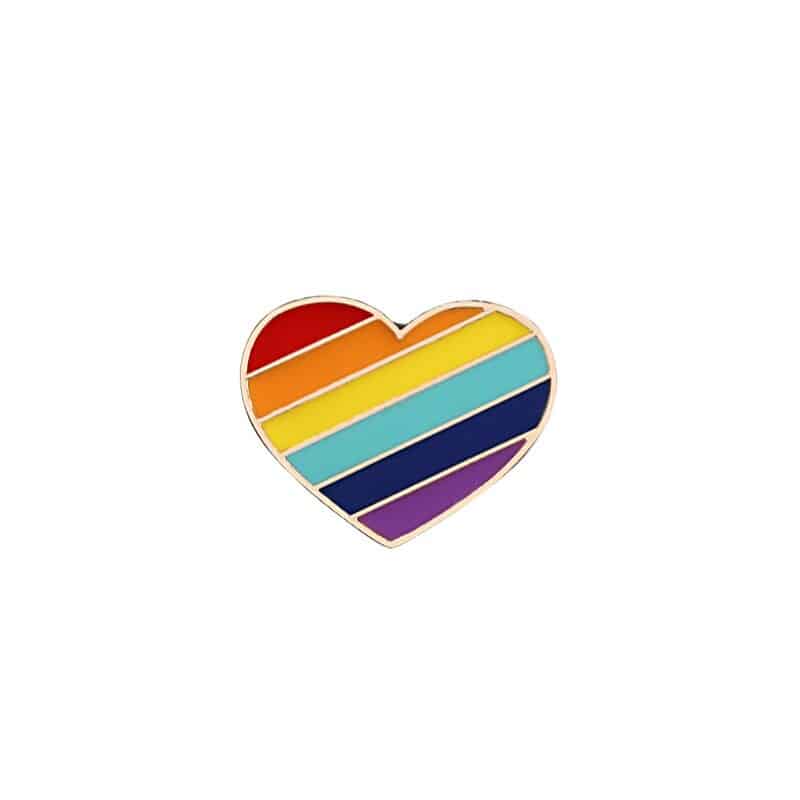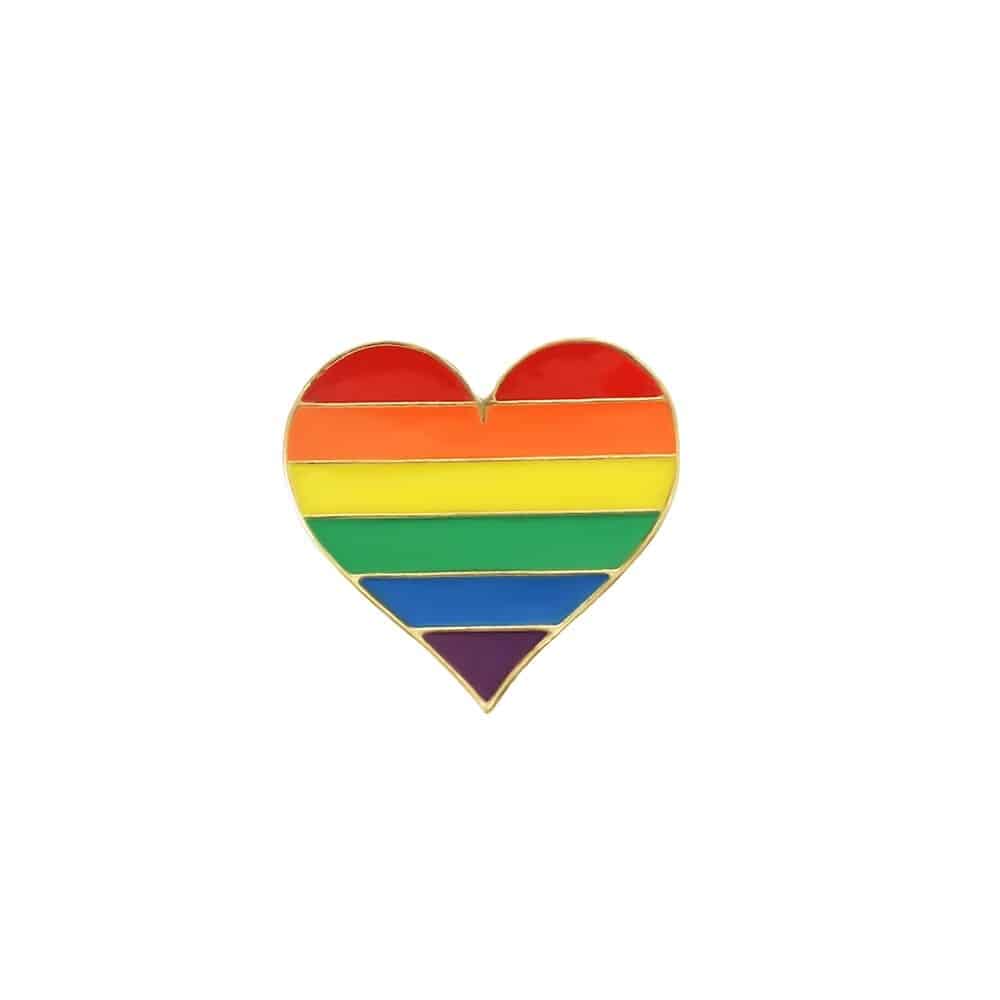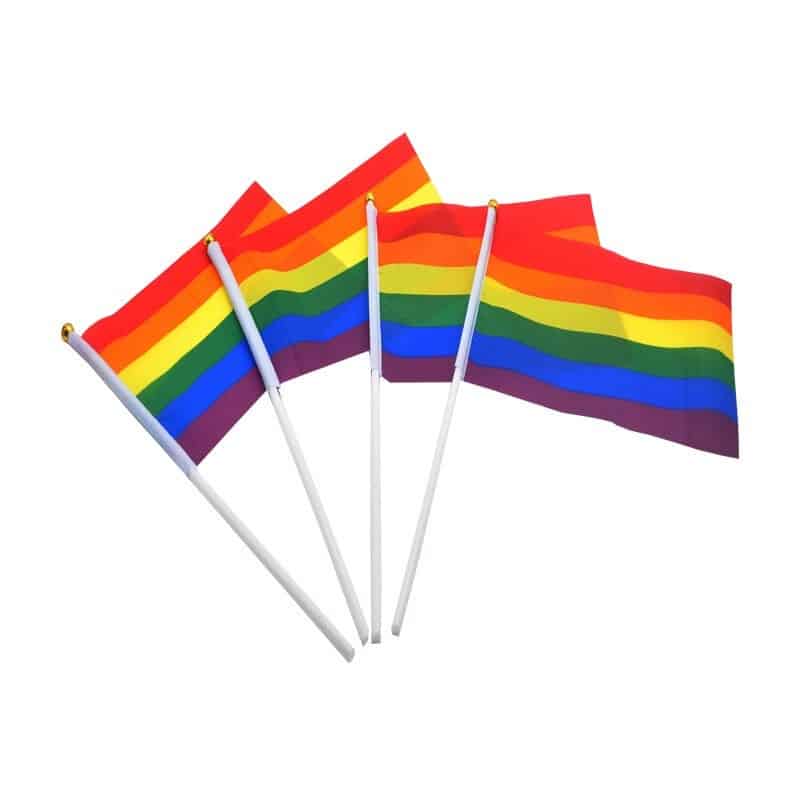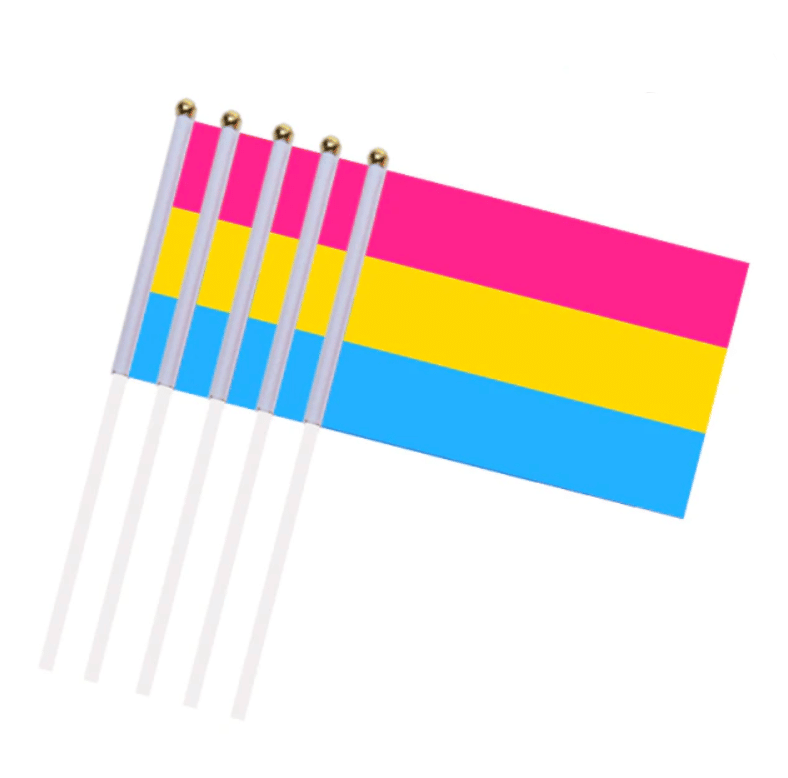Pansexuality, a term still unknown to many, refers to a sexual orientation characterized by attraction to people regardless of their gender or sex. Far from preconceived ideas and clichés, she embodies fluidity and openness in human relationships, affirming that love and attraction know no predefined boundaries.
In a world where labels sometimes seem more important than the feelings themselves, questioning your own sexual orientation can become an intimate and complex process. “How do I know if I’m Pan?” is a question that many ask themselves silently, searching for answers in a sea of sometimes contradictory information.
This article is intended as a compass in the quest for your sexual identity, aiming to illuminate the concept of pansexuality, shatter the myths surrounding it, and guide you through personal reflection on your own feelings and attractions. We will discuss clear definitions, useful comparisons with other sexual orientations, and offer you food for thought and resources to support you in your journey.
Questioning your pansexuality means embarking on a journey of self-exploration, where every experience, every feeling counts. This is why we invite you to approach this article with openness and curiosity, remembering that the answer to this question is as unique as your own story.
I. Understanding pansexuality
Pansexuality is a sexual orientation that is still often misunderstood or confused with other identities. To begin this journey of self-discovery, it is crucial to start from the foundations: what is pansexuality, and how is it different?
A. Definition and differences with other orientations
La pansexuality, in its essence, refers to sexual, romantic, or emotional attraction toward people, regardless of their gender or biological sex. This means that a pansexual person may be attracted to individuals of diverse genders, including but not limited to men, women, non-binary people, transgender people, and more. This ability to attract across gender boundaries distinguishes pansexuality from bisexuality, which is often seen as attraction to two specific genders (traditionally masculine and feminine), although many bisexual people also define their orientation as one. attraction to more than two genders.
It is important to note that these definitions are not rigid. They can vary depending on people and their personal experiences. The main thing is to find the label that seems most fair and comfortable to you, without feeling constrained by conventional definitions.
B. Myths and realities
Myth 1: Pansexuality is just a phase. Fact: Like any sexual orientation, pansexuality is a legitimate part of a person's identity. It is neither a temporary phase nor an exploration before “choosing” a “definitive” orientation.
Myth 2: Pansexuals are attracted to everyone. Fact: Being pansexual means having the ability to be attracted to people of all genders, but it doesn't mean being attracted to every individual you meet. Pansexuals have their own preferences and standards just like anyone else.
Myth 3: Pansexuality and bisexuality are the same. Reality: Although there is overlap in personal definitions of these orientations, pansexuality and bisexuality have important distinctions for those who identify with these terms. The main difference is how each orientation relates to genders.
By debunking these misconceptions, we can begin to see pansexuality for what it really is: a form of love and attraction free from gender constraints. Recognizing and understanding these aspects will help you navigate your own exploration of sexual identity with a clearer, unprejudiced view.
II. Identify your feelings and attractions
The quest to understand your own sexual orientation can often begin with deep introspection about your feelings and attractions. Knowing if you might be pansexual involves exploring and recognizing the nature of your attractions toward others, beyond traditional gender categories.
A. The importance of introspection
Introspection is a key process in identifying your own feelings and attractions. This means taking time to think about your past experiences, your emotional and sexual reactions to different people, and what those experiences tell you about yourself. It is important to remember that this self-exploration does not need to be rushed or forced; it can take time and can evolve with you.
Consider your personal story in different lights:
- Have you ever felt attracted to someone without their gender being a deciding factor?
- Did your attractions manifest in similar or different ways depending on the person's gender?
- How do you feel about having relationships with people of different genders?
B. Questions to ask yourself
To deepen this introspection, here are some questions you might ask yourself. These questions are not exhaustive, but they can serve as a starting point for thinking about your sexual orientation:
- What attracts me to others? Think about the qualities that attract you in a person, whether they are physical, emotional, intellectual, etc. Are these qualities linked to their gender?
- How would I describe my ideal type? If you think of an ideal “type,” does gender play a role in that image?
- Have I had crushes or attractions to people of different genders? Think about your past experiences and how you reacted emotionally and physically to these people.
- How do I react to representations of love and desire in the media? Your reactions to different depictions of attractions and relationships can give you clues about your own orientations.
- Do I feel limited by traditional gender categories in my attractions? This question can help understand if you identify with a more fluid orientation, such as pansexuality.
Asking yourself these questions and thinking about them honestly can help you better understand your own attractions and feelings. Remember, there is no “right” or “wrong” way to feel or explore your sexuality. The most important thing is to find a space where you feel safe and valid in your own experiences and feelings.
III. Explore your own identity
After you initiate the process of introspection and begin to reflect on your attractions and feelings, the next step is to explore your identity more deeply. This exploration is a personal journey, unique to each person, that involves listening, understanding, and accepting who you are.
A. Listen to the testimonies
One of the most rewarding parts of exploring your identity is listening to or reading about others who have asked the same questions or gone through similar journeys. These stories can offer you valuable perspectives, commonalities with your own experiences, or simply make you feel less alone in your search.
- Find online communities and forums dedicated to pansexuality or other fluid sexual orientations. These spaces can be a source of information, support, and inspiration.
- Read blogs, watch videos, and follow social networks of people open about their pansexuality. Their lived experiences, doubts, and successes can help you see different ways of living and embracing this orientation.
B. Accept the fluidity of sexuality
Recognizing and accepting that sexuality can be fluid is essential in exploring your own identity. Your attractions and preferences may change over time, and this is completely normal. The important thing is to stay true to yourself and embrace these changes without fear or judgment.
- Give yourself permission to evolve. Your understanding of your own sexuality today may not be the same in a year, five years, or ten years. And that's good.
- Avoid locking yourself into a label if this does not seem appropriate to you. Labels are useful for communicating and finding community, but they shouldn't limit your understanding of yourself.
- Show patience and kindness to yourself during this process. Self-discovery can be complex and challenging, but it is also rewarding.
C. The challenges and rewards of self-exploration
Exploring your own identity will not be without challenges. You may encounter misunderstanding, judgment, or even isolation from those who do not understand the fluidity of sexuality. However, the rewards of this exploration – greater self-knowledge, authenticity, and the freedom to love who you want – are priceless.
- Find support with those who understand you and accept you as you are. Whether it's friends, family, or an online community, support is crucial.
- Celebrate every little victory on your path to self-acceptance. Every step toward understanding your identity is a step toward living a more authentic and fulfilling life.
Exploring your identity is a personal and intimate journey, requiring courage and openness. By educating yourself, reflecting on your own experiences, and seeking out spaces of support and acceptance, you can navigate this journey with confidence, regardless of the arrival point.
IV. Seek support
Finding your identity, especially as it relates to understanding your sexual orientation, can be a path fraught with uncertainty and challenges. Luckily, you don't have to go through it alone. Finding support, whether from loved ones or professionals, can be essential to navigating this journey with more confidence and peace of mind.
A. Confiding in loved ones or a professional
It can be beneficial to share your thoughts and discoveries with trusted people around you. This could be friends, family members, or even a mentor. Choose people who are open-minded, supportive, and have demonstrated an ability to listen without judgment.
- Start with light conversations, if approaching the subject directly seems too intimidating. You can, for example, talk about current topics related to LGBTQ+ to test their reactions.
- Be clear about what you need : is it simply a listening ear, advice, or support in your exploration?
- Respect your pace : Don't feel like you have to share everything at once. The important thing is that you feel safe and comfortable.
Sometimes the support you need may be more specialized, especially if you are going through times of doubt or emotional difficulty. Psychologists, therapists, or counselors trained in gender and sexuality issues can provide a safe space to explore your feelings and questions.
- Look for specialized professionals in LGBTQ+ issues, who will better understand the nuances of your experience.
- Consider Support Groups, where sharing with others who are going through similar situations can be extremely rewarding.
B. Resources and Support Communities
Fortunately, there are many online and offline resources and communities intended to support people exploring their sexual orientation:
- LGBTQ+ associations and organizations often offer educational resources, helplines, and support groups.
- Forums and social networks can be places for exchange and sharing of experiences. Be sure to look for well-moderated spaces for a positive experience.
- Events and meetings Organized by the LGBTQ+ community can be a great way to meet people with similar experiences and build connections.
The importance of feeling understood and accepted cannot be underestimated. Whether it's sharing your experiences with loved ones, opening up to a professional, or engaging with a community, every step toward support is a step toward greater self-acceptance.
C. Strength in self-acceptance
Remember that the journey towards self-understanding is also a journey towards self-acceptance. Every effort to seek support is an affirmation that your identity is worth exploring, understanding, and celebrating. By surrounding yourself with positive people and resources, you can navigate the path to self-discovery with a renewed sense of hope and confidence.
Conclusion
Explore the question “How do I know if I am Pan?” » takes us on a deeply personal and introspective journey, peppered with reflections on our own feelings, attractions, and how we identify within the broad and colorful spectrum of human sexuality. Pansexuality, with its inclusive definition and recognition of attraction across gender boundaries, offers a liberating perspective on love and desire, but understanding whether it fits us takes time, listening, and often, benevolent support.
This journey of self-discovery is as much about understanding how we feel towards others as it is about accepting those feelings in their most authentic form. It is crucial to remember that sexual orientation is an intimate and personal part of our identity, and that there is no “right” or “wrong” way to experience pansexuality or any other orientation. The important thing is to find a path that feels right, that resonates with our deepest values, and that allows us to fully express who we are.
Asking the question of your pansexual identity is also an act of courage. It's about embracing the complexity of our desires, challenging convention, and seeking authenticity in a world that loves to categorize and define. But in this process, it is essential not to isolate yourself. Stories, support from loved ones, help from professionals, and belonging to a community can all play a crucial role in our journey toward self-acceptance.
Ultimately, knowing if one is pansexual is not a final destination, but rather a step in an ongoing exploration of oneself. It is an invitation to open ourselves to the multiple possibilities of love and attraction, to learn from our experiences and those of others, and to cultivate a deep acceptance of ourselves and the diversities around us.
May your journey toward understanding your pansexuality lead you to new awarenesses, enriching connections, and a joyful celebration of your unique identity. Remember: there's no rush to define who you are. Take your time, explore with curiosity, and be gentle with yourself along the way.
